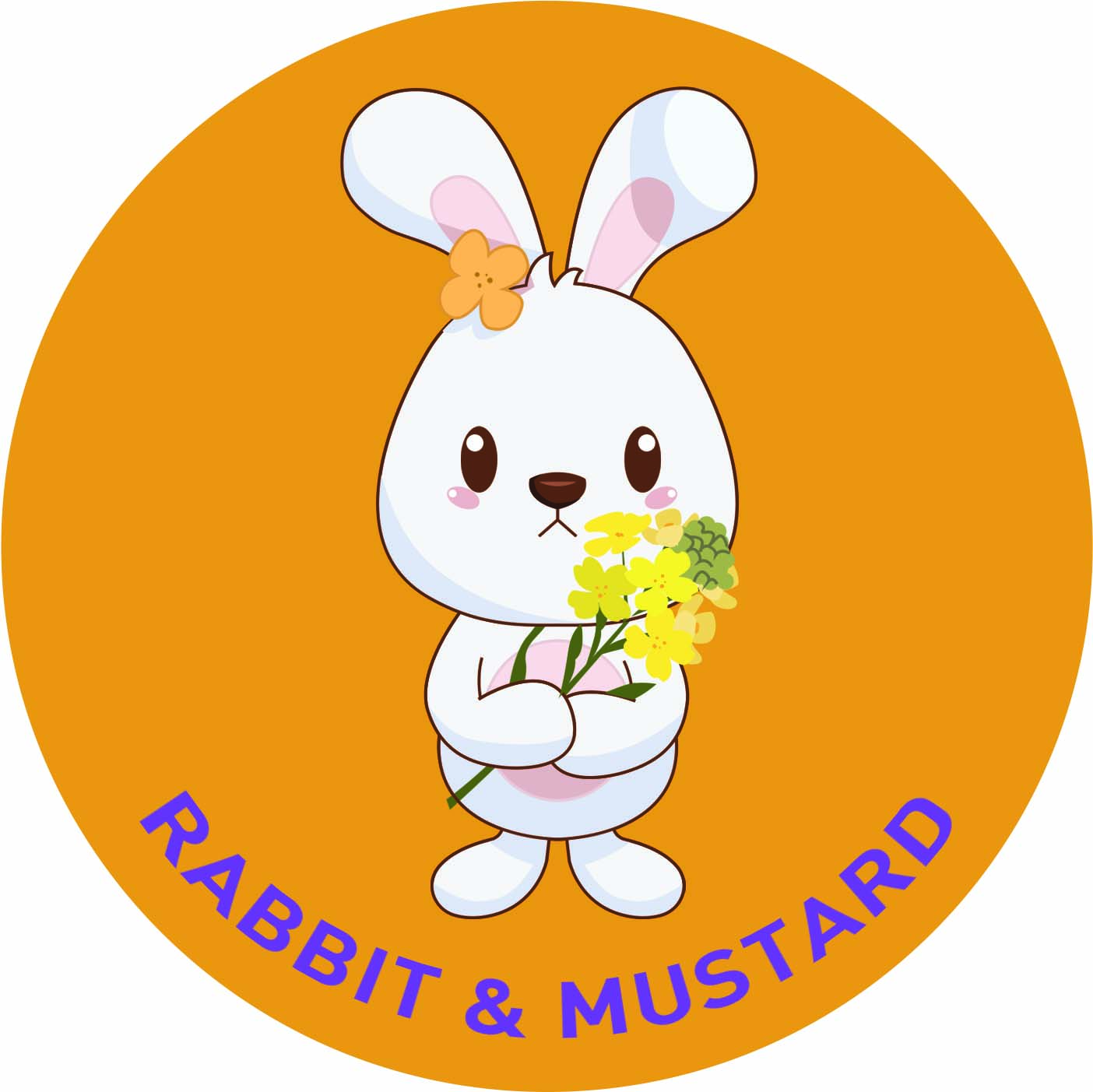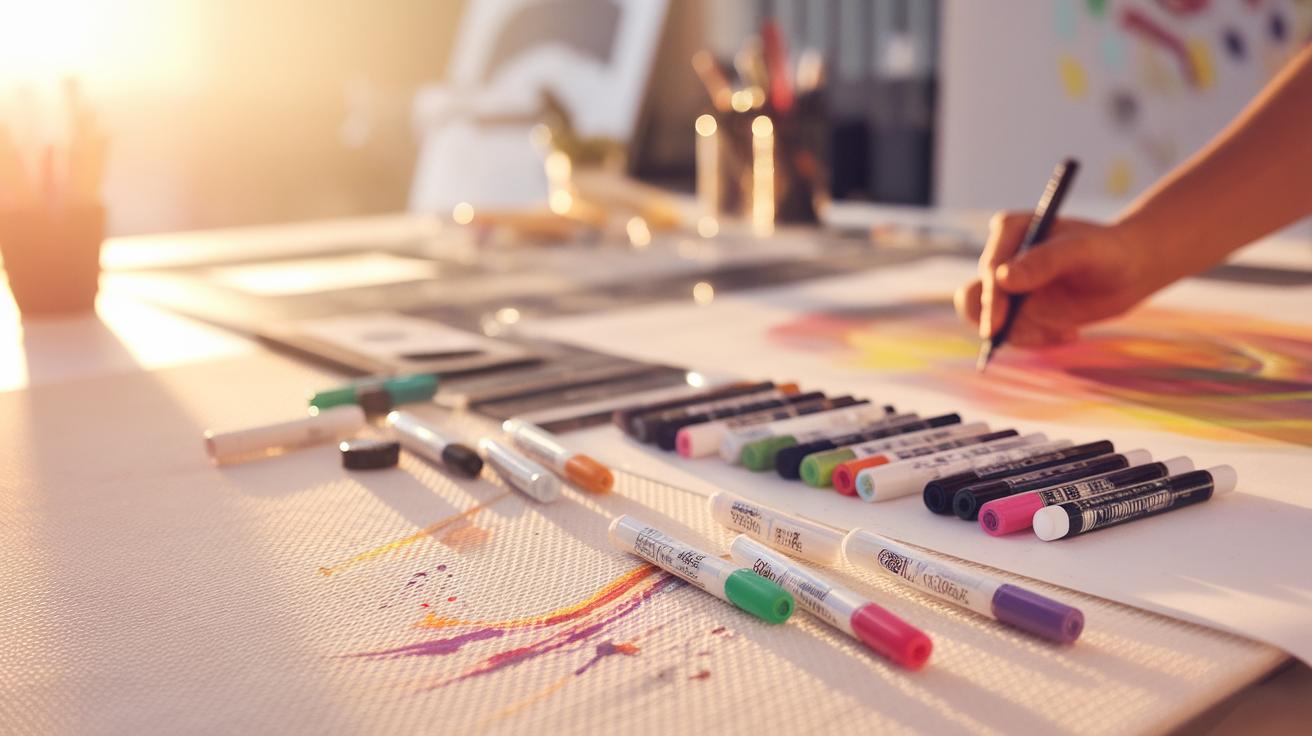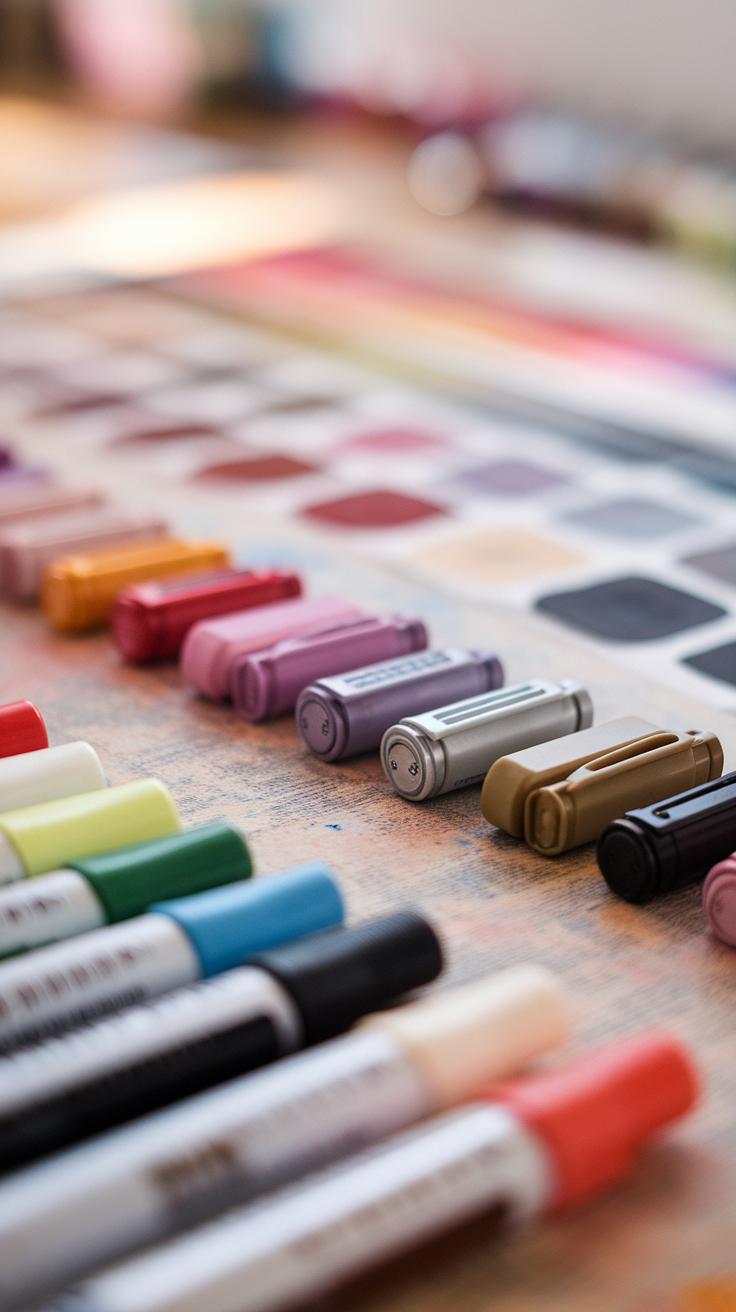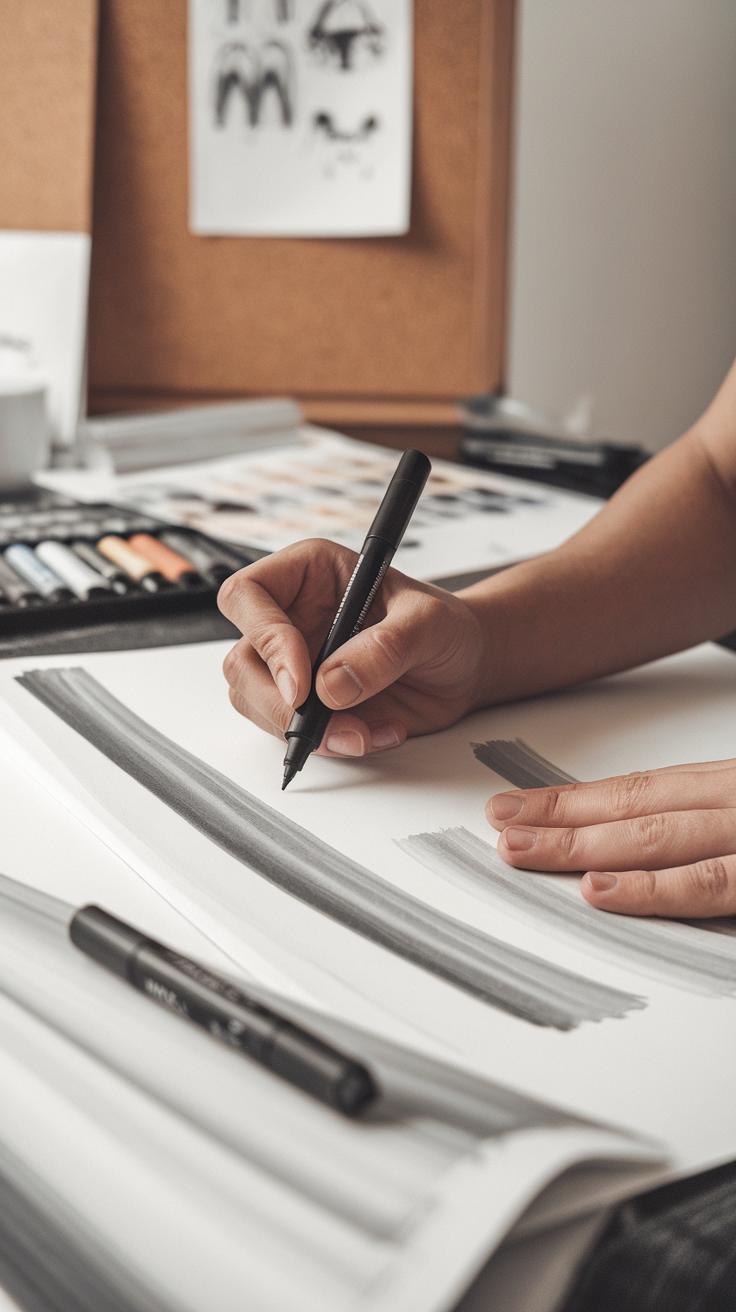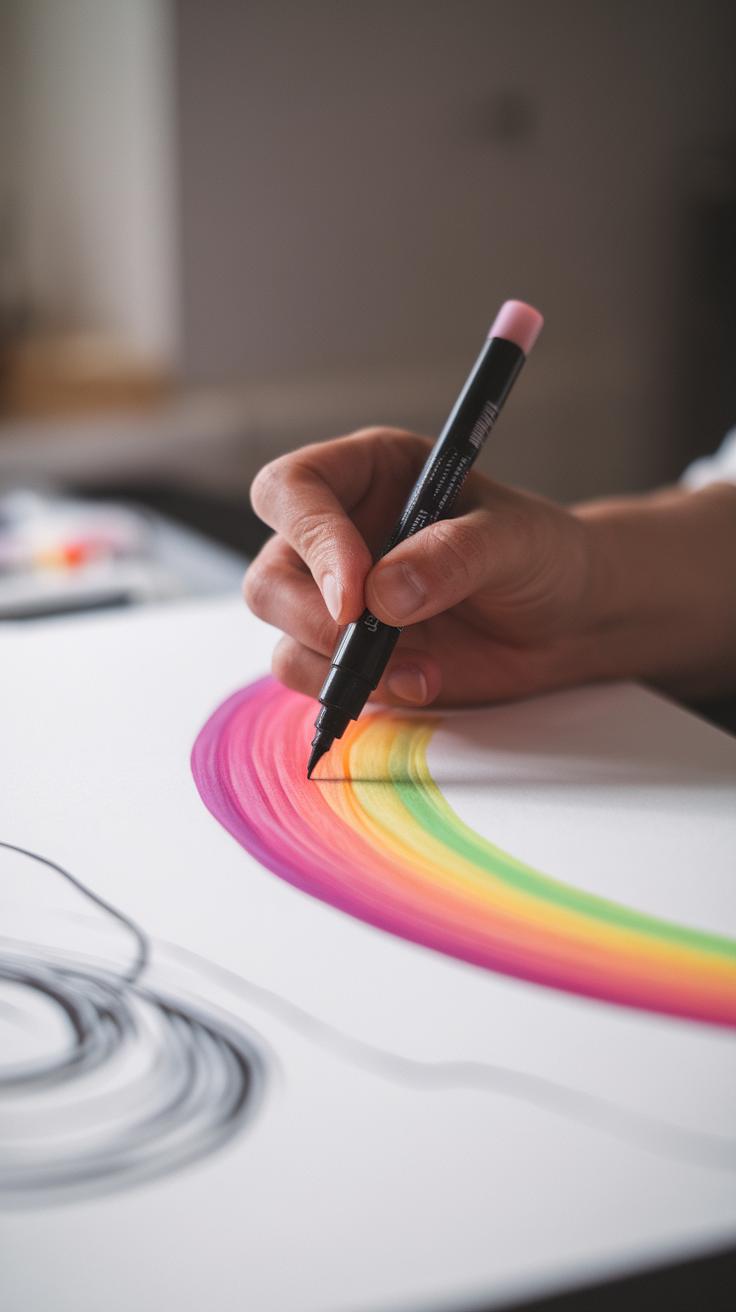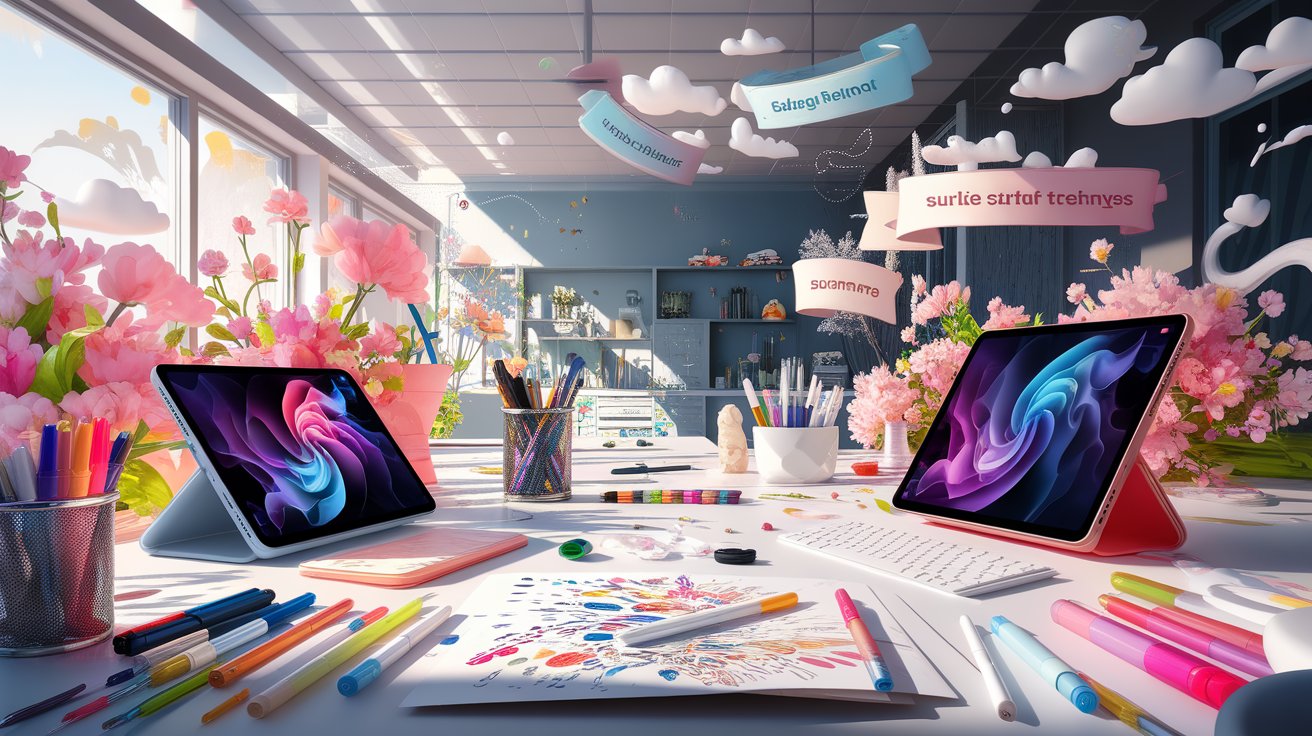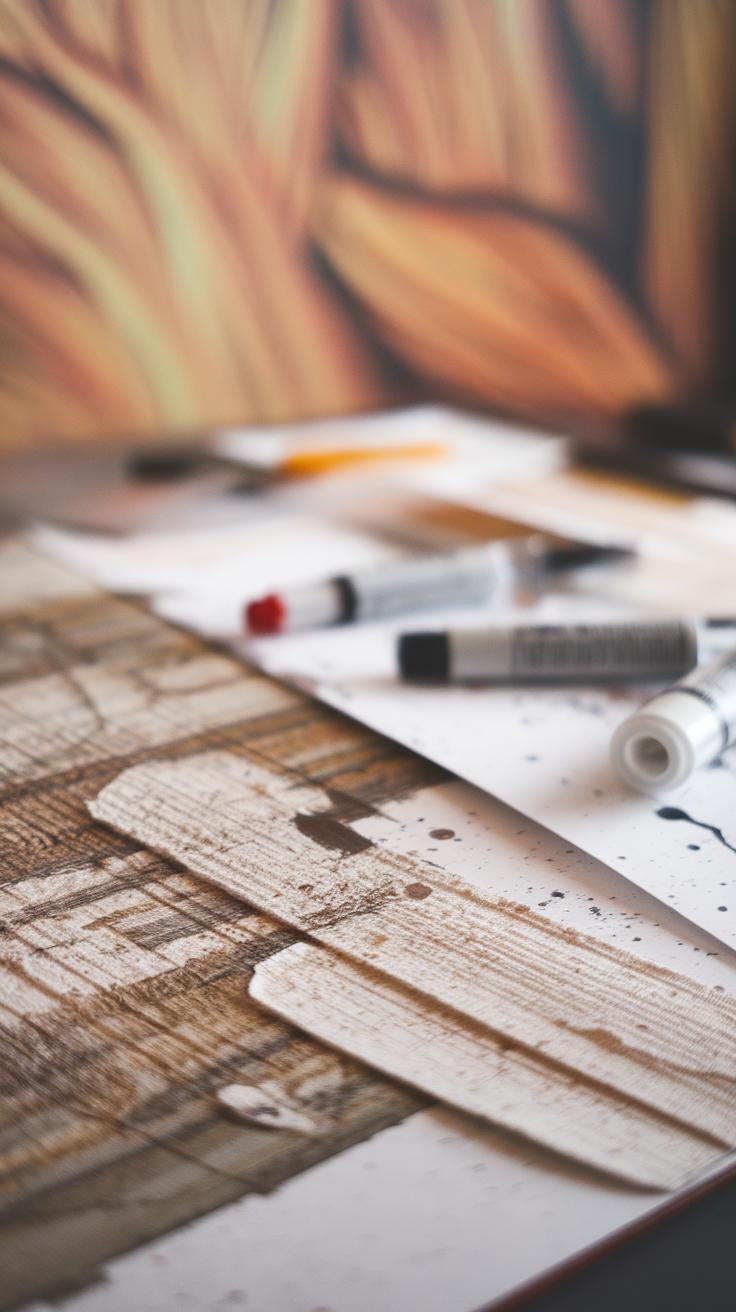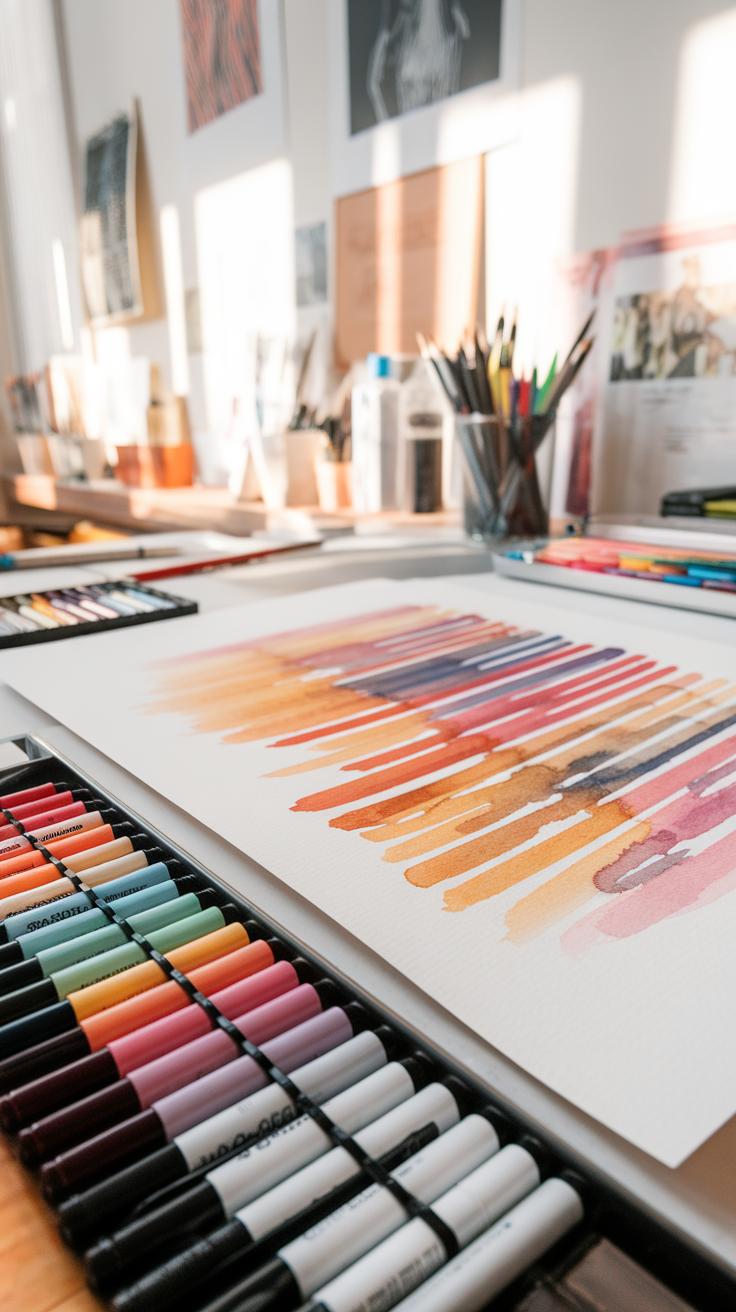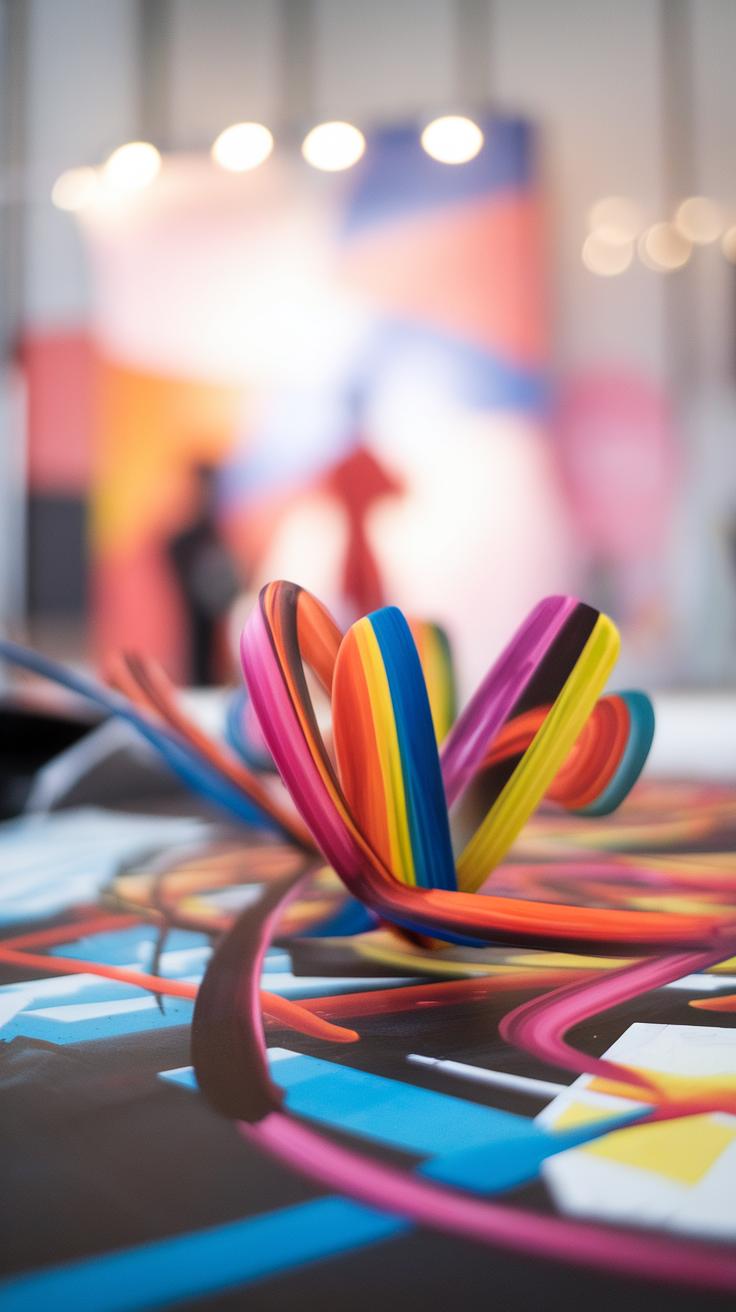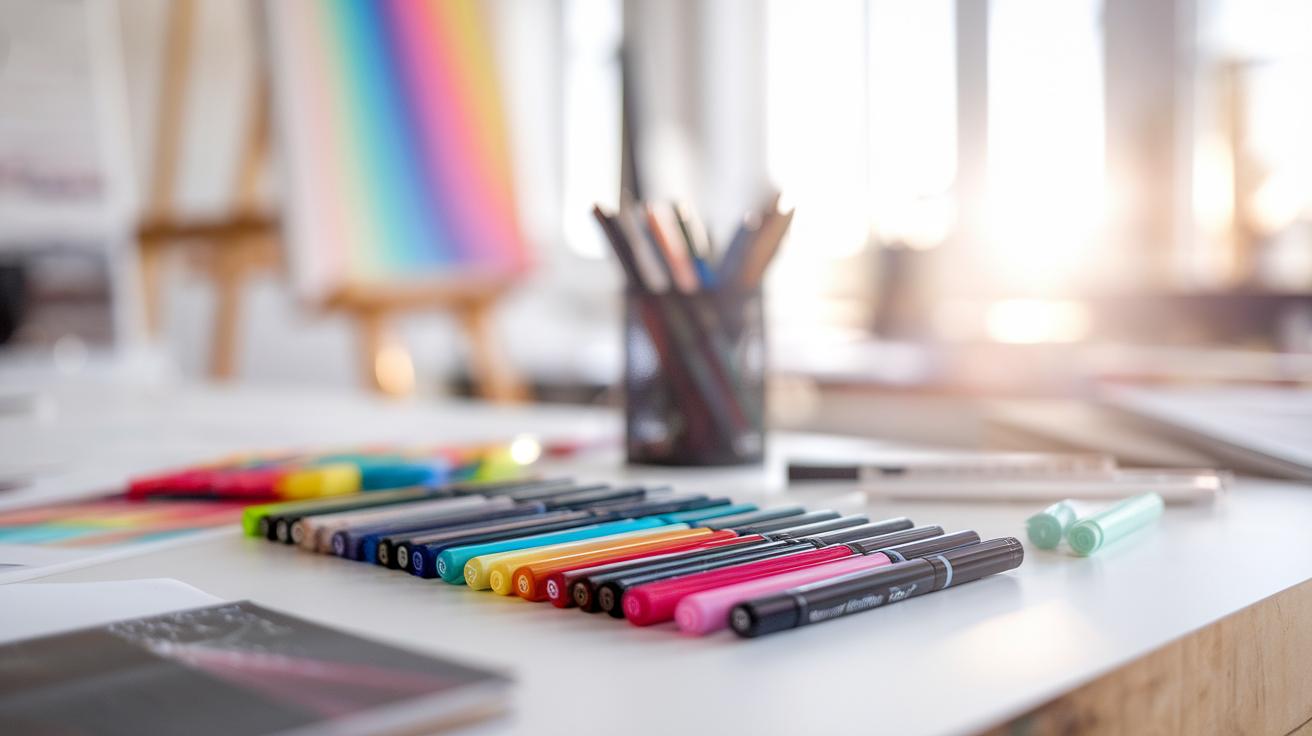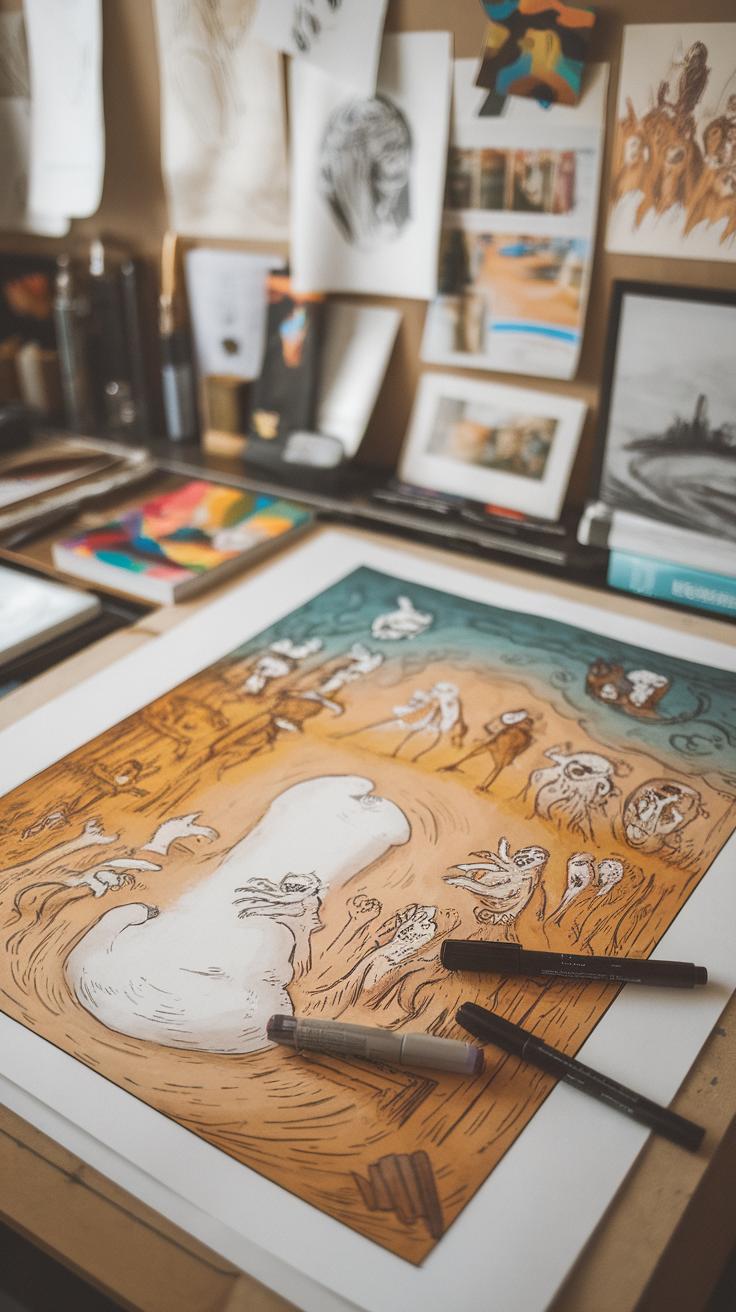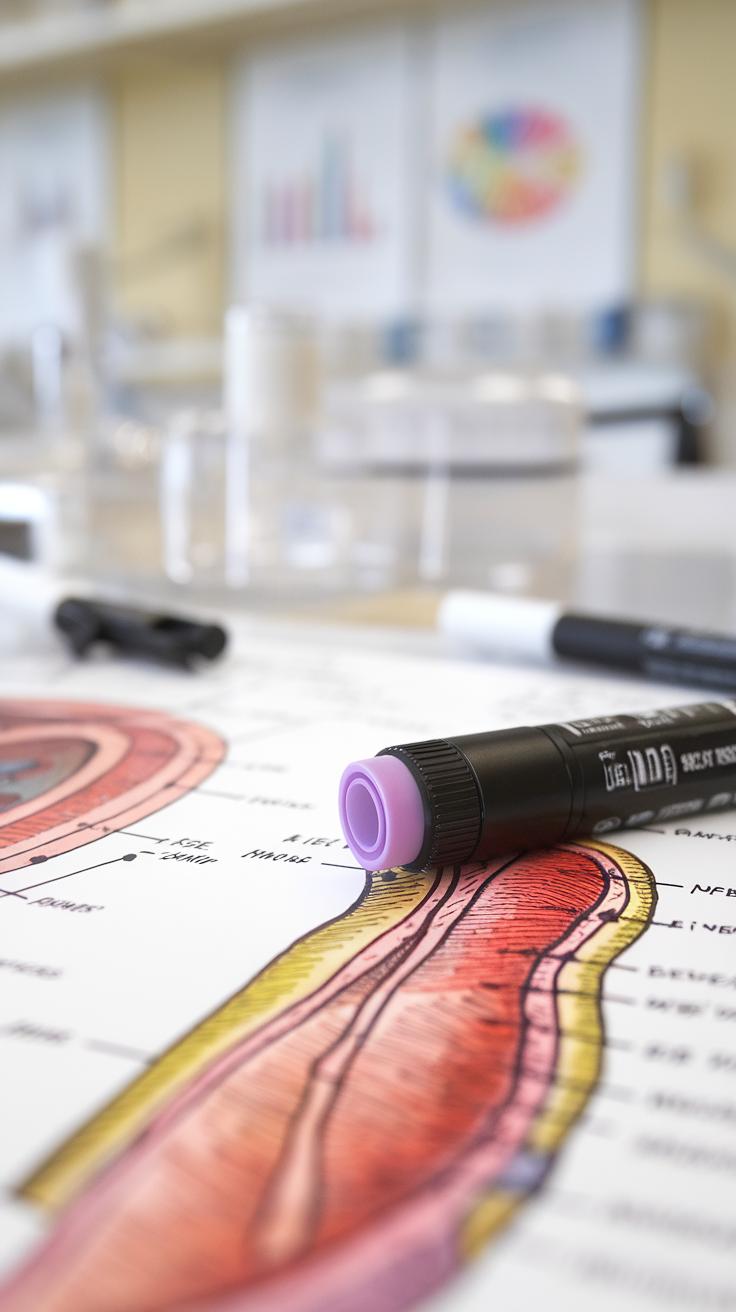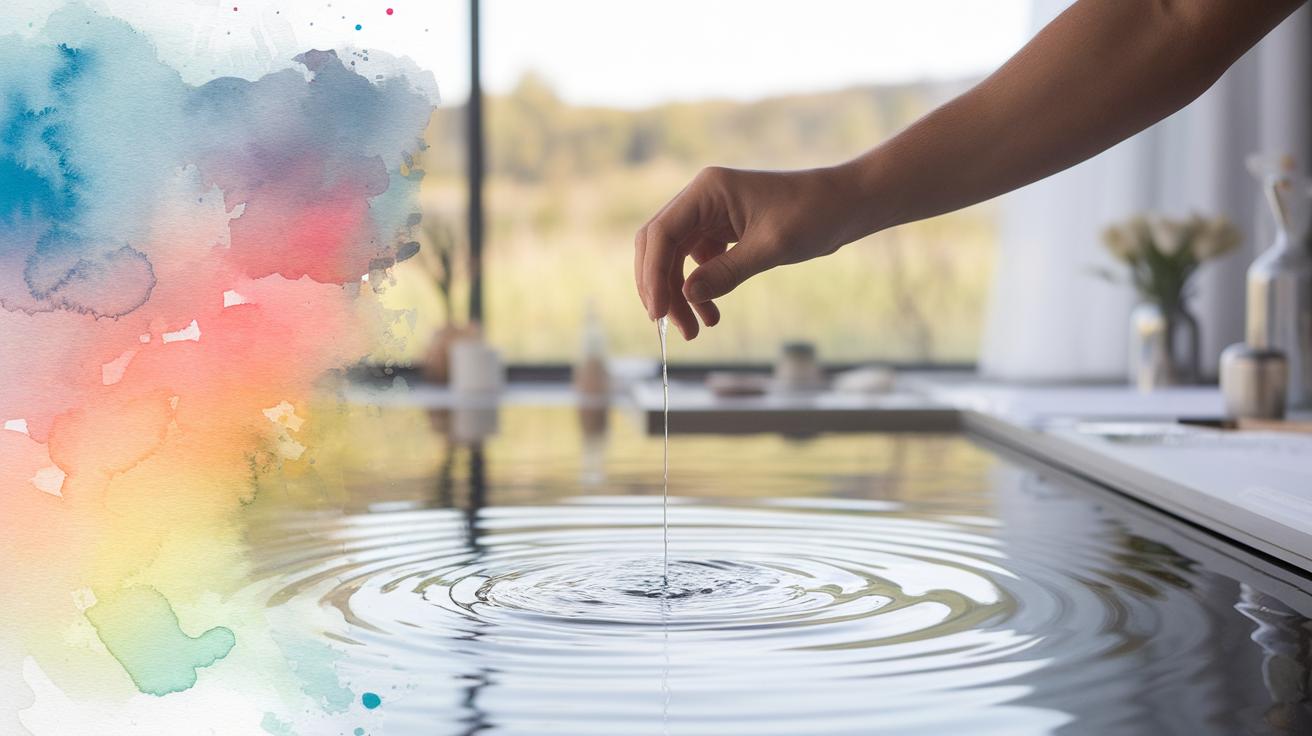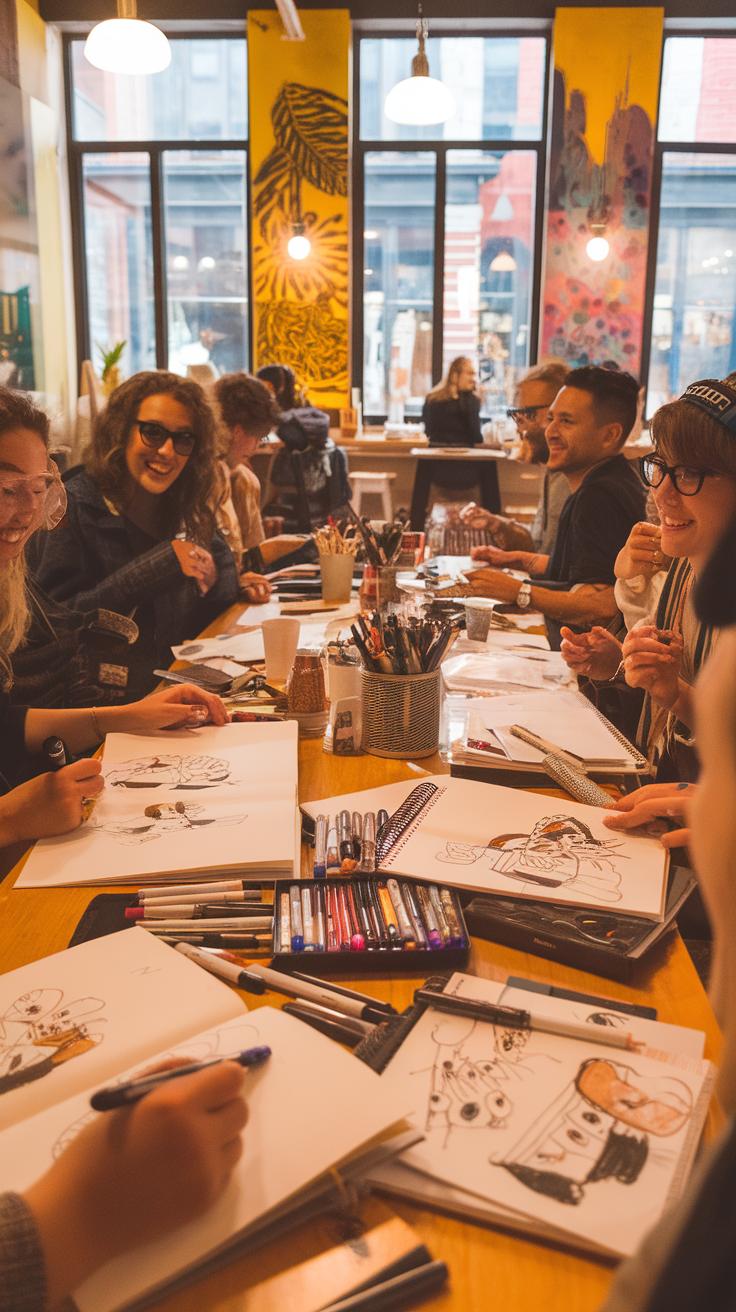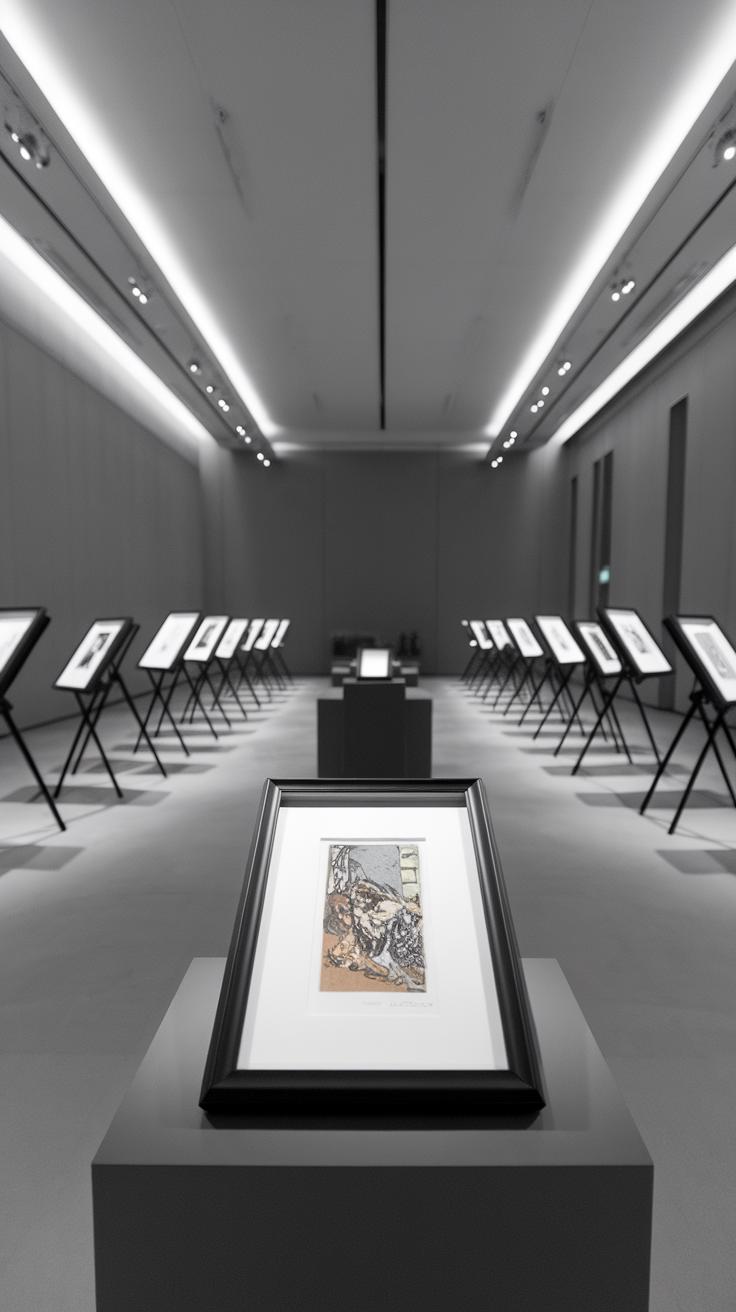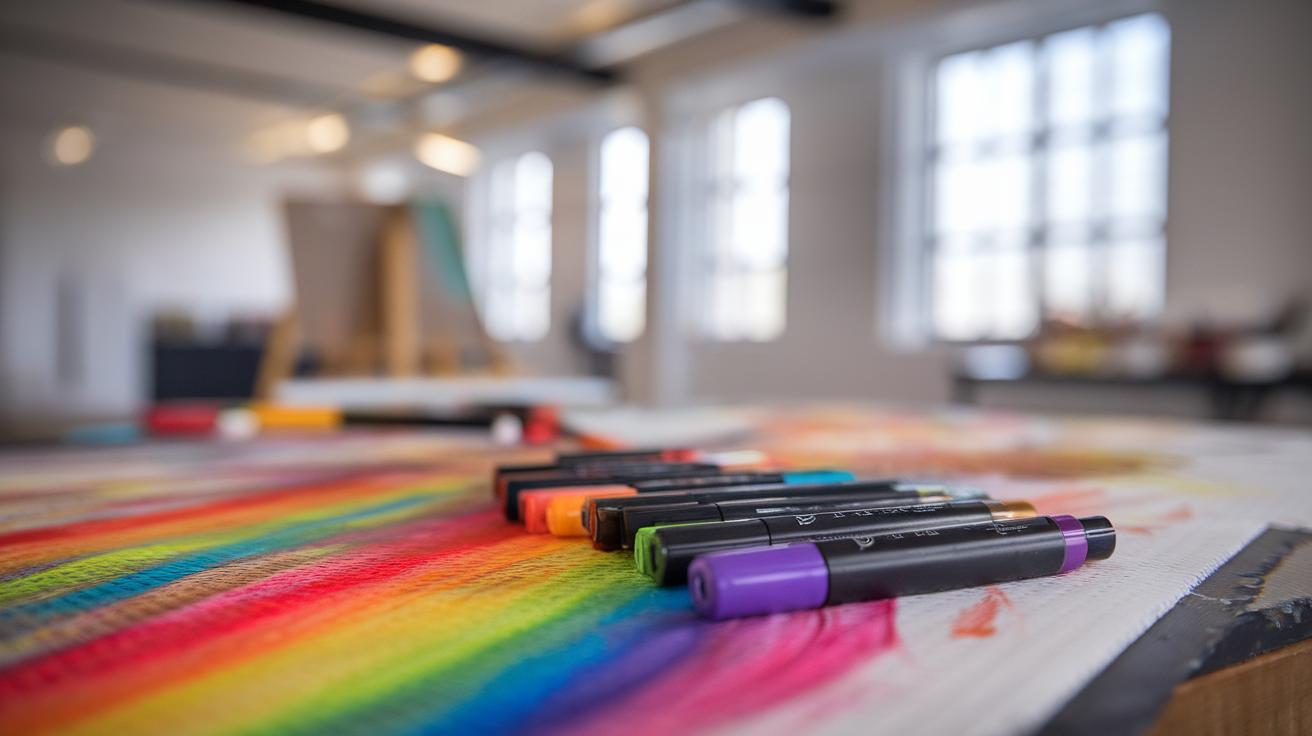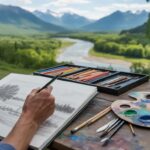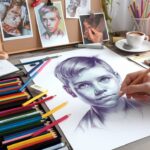Introduction
Marker drawing unlocks a world of creativity, giving artists the tools they need to express their ideas visually. Whether you’re a beginner or an experienced creator, markers offer versatility. They come in various types, each with unique properties that let you explore different styles. From permanent markers to dry-erase versions, each type opens up new possibilities for artistic expression. This article will explore exciting and innovative marker drawing ideas that can help you enhance your skills and inspire your creativity.
In this exploration, we will delve into several engaging marker drawing techniques. These techniques not only enhance your artistic skills but also boost confidence in your creative decisions. Readers will discover practical tips on how to utilize markers effectively, transform basic concepts into complex designs, and utilize different surfaces to make their artwork stand out. By the end of this article, you will feel motivated to pick up your markers and create something extraordinary.
Understanding the World of Markers
Different Types of Markers and Their Features
Artists today enjoy a variety of markers, each designed with unique features for specific uses. Permanent markers stand out for their ink that resists fading and water. These markers work well on paper, plastic, and even metal, making them versatile for many projects. Wet-erase markers offer a different advantage; they allow users to create temporary designs, perfect for tasks like whiteboard illustrations, as they erase easily with a damp cloth. Highlighters add another layer with their translucent ink that helps emphasize vital text. Artists use these to bring attention to specific areas in their drawings or notes. Understanding these options can significantly improve how you express ideas through marker art.
Basic Techniques for Marker Drawing
Fundamental Techniques to Enhance Your Artwork
Mastering marker drawing involves understanding several core techniques. Control over lines plays a significant role in creating precision. Practice drawing straight and curved lines, varying pressure for dynamic thickness. Blending offers a way to create smooth transitions between colors. You can achieve this by layering different colors while the ink is still wet. This method enhances depth in your artwork. Layering color provides additional richness. Start with light hues and gradually apply darker colors. Each layer builds texture and dimension, adding life to your piece. Combining these techniques will unlock your artistic potential and bring your ideas to vibrant life.
Basic Techniques for Marker Drawing
Mastering marker drawing involves understanding some key techniques. Line control plays a vital role in creating clean, smooth lines. Start by practicing different pressures on your strokes. Lighter pressure yields thinner lines, while heavier pressure produces thicker ones. This variation adds depth to your work.
Blending offers a way to create soft transitions between colors. Use the following technique: apply one color, then lightly overlay another. You can use a lighter shade or a colorless blender marker to smooth the edges between them. This method works wonders for skies, skin tones, or any area needing a gradient effect.
Layering color enhances the richness of your drawings. Apply one color and allow it to dry completely before adding another on top. This technique builds texture and complexity, allowing you to achieve vibrant results. Experiment with different combinations to see how colors interact and create unexpected results.
Incorporating Textures in Drawings Elevate Your Marker Art
Types of Textures You Can Create with Markers
Artists can use markers to generate various textures that add depth and interest to their illustrations. Begin by experimenting with crosshatching, which involves drawing parallel lines that intersect. This technique creates a soft shadow effect. Next, try stippling, where you create texture using small dots. This method builds richness in areas that need detail. For a more rugged feel, explore using scratchy lines. This method gives the illusion of rough surfaces like tree bark or stone.
Layering and Blending for Texture Depth
Texture doesn’t just come from unique patterns; it also benefits from layering and blending. Start with a base layer of color, then overlay darker hues to add depth. Use a lighter color to blend the edges for a smoother transition. This technique works well for skin tones or fabric textures. To create a fluffy feel, draw short, quick strokes with a lighter shade on top of a darker base. These methods allow artists to break from traditional flat drawings, adding complexity and character to their work.
Mixing Marker with Other Mediums
Combining Markers with Pencils
Combining markers with colored pencils opens up a world of possibilities. Start by creating base layers with bright, vibrant markers. Once the markers dry, use colored pencils for shading and added detail. This method allows you to create depth and dimension in your artwork. Focus on blending colors to achieve smooth transitions between tones. Using a blending stump or even your fingertips can help soften the edges between pencil and marker textures, creating a harmonious effect.
Markers with Watercolors
Mixing markers with watercolors can result in stunning effects. First, lay down your watercolor background and let it dry completely. Next, use markers over the dried paint to outline shapes or add details. Markers work well on watercolor washes, offering sharp lines that contrast beautifully with the soft textures of the paint. Experiment with layering watercolors first and then using markers to enhance details, creating a unique artistic style that combines both fluidity and precision.
Exploring Abstract Marker Art
Shapes and Color Combinations
Creating abstract art with markers allows artists to express their emotions through colors and shapes. Start by experimenting with basic geometric shapes like circles, squares, and triangles. Arrange these shapes in various patterns to create balance or tension in your artwork. Choose a color palette that resonates with you, whether you prefer bright, vibrant hues or soft, muted tones. Mixing these colors directly on the paper can yield exciting results.
Next, focus on layering your shapes. Use different marker techniques such as cross-hatching, blending, or stippling to add depth. By varying the pressure on the markers, you can create lines that range from bold to delicate. This exploration of color and shape opens up new avenues for artistic expression and encourages a break from traditional drawing approaches. Embrace the freedom of abstract art and allow your creativity to flow freely.
Creating Illustrated Storylines
Markers serve as powerful tools for storytelling. Artists can use vibrant colors to express emotions or set the mood in their illustrations. Start by developing a storyline that captivates your audience. Then, design characters and scenes that reflect the tone of your tale. For instance, bright colors can depict cheerful moments, while darker hues can illustrate tension or conflict.
After sketching your main ideas, focus on adding details. Markers allow for precise lines, which make your characters come alive. Use layering techniques to create depth and texture. Experiment with blending colors for backgrounds that enhance your narrative. This approach not only highlights the action but also guides the viewer’s imagination.
Consider how each illustration fits into the overall narrative. Each image should support the storyline and serve a purpose. By using markers creatively, you can engage viewers and invite them to experience your story visually. This technique transforms written words into vivid visual journeys.
Marker Drawing for Scientific Illustrations Accuracy and Detail
Marker pens play a vital role in scientific illustrations, balancing accuracy with vibrant detail. Artists often use fine-tip markers to render intricate diagrams of plants, animals, or cells. The precision of these tools allows for clear representations, crucial for educational materials and research publications.
Using a range of colors enhances clarity in illustrations, helping to distinguish different structures or functions. For instance, biologists may illustrate anatomical features in striking hues, which makes identifying components easier for students or fellow researchers. Layering colors also contributes to models, offering depth and realism.
Markers can reproduce textures and patterns effectively, enhancing the overall quality of the artwork. Techniques like shading with markers allow scientists to communicate complex information visually, making ideas more accessible. This approach not only aids in understanding but also fosters appreciation for the beauty in scientific detail.
Participating in the Marker Community
Connecting with Fellow Artists
Joining the marker art community opens doors to endless creative possibilities. Online platforms like Instagram and Pinterest allow artists to share their work, techniques, and inspirations. Participating in hashtag challenges or themed art weeks helps build connections with other artists who share the same passion. Create your own challenges to encourage others, showcasing the unique ways you use markers. Engaging in discussion forums or groups on platforms like Facebook and Reddit also provides opportunities for feedback, advice, and friendship.
Local and Virtual Meetups
Participating in meetups can boost your creativity immensely. Both local art clubs and virtual workshops provide spaces to collaborate, learn new techniques, and showcase your work. Attend art fairs or community events to meet fellow marker enthusiasts. Host workshops where you can share your skills and learn from others. Engaging with different perspectives sparks inspiration, allowing your artistic expression to flourish. By immersing yourself in the marker community, you will not only enhance your skills but also make lasting friendships and gain valuable insights into the world of marker art.
Showcasing Your Marker Art Tips for Displaying and Sharing
After completing your marker artwork, displaying it properly helps others appreciate your creativity. Use a bright, uncluttered space to showcase your pieces. A simple frame can enhance the colors and protect your work. Choose frames that match the style of your art, whether bold and colorful or sleek and modern.
Social media platforms serve as great tools for sharing your creations. Post clear, high-quality images of your artwork, and consider creating a dedicated account for your art. Engaging captions and relevant hashtags can attract viewers and encourage feedback. Look for local art shows or community events to display your work in person, giving you a chance to connect with other artists and art lovers.
Don’t forget to ask for feedback from friends and fellow artists. Their insights can help you grow and improve. Lastly, consider creating an online portfolio to showcase your best pieces; this way, people can easily explore your artistic journey.
Conclusions
Marker drawing serves as a fascinating and accessible art form that encourages creativity in anyone. The techniques explored throughout this article demonstrate how markers can be transformed into powerful tools for artistic expression. Whether through blending, layering, or creating unique patterns, each method adds depth to your key creative ideas. As you experiment with the fresh ideas presented, you’ll find your artistic voice growing stronger.
We encourage all artists, regardless of their skill level, to continue exploring the dynamic world of marker drawing. The versatility of markers allows for endless experimentation and innovation. Remember, each marker brings its personality to your artwork, helping you craft pieces that are not just visually stunning but also meaningful. Keep practicing, stay curious, and most importantly, have fun unleashing your creative potential!
